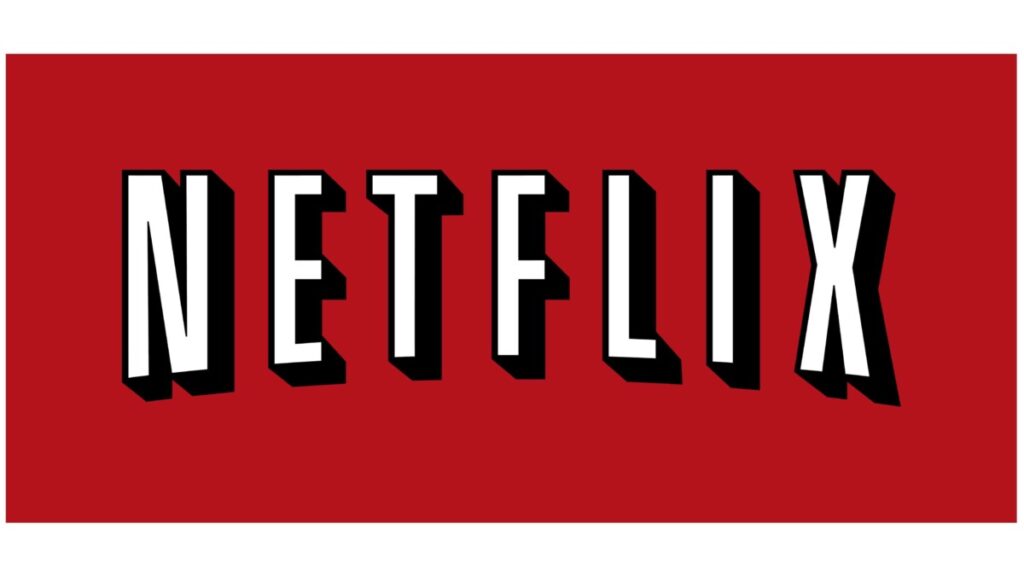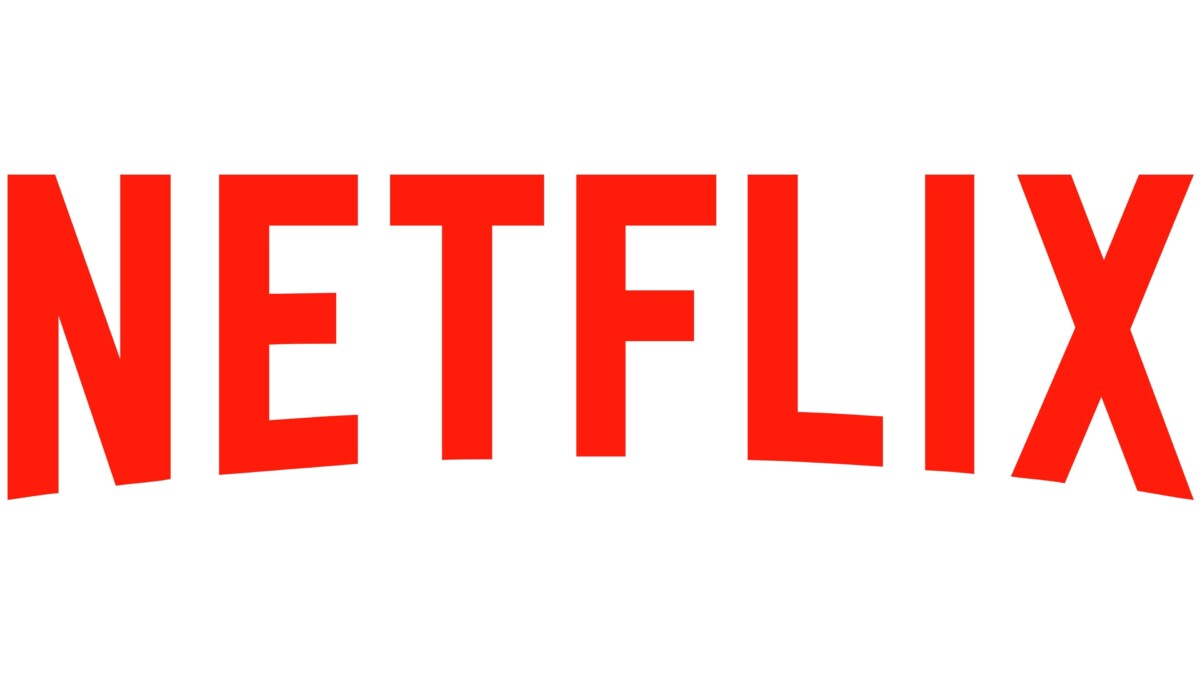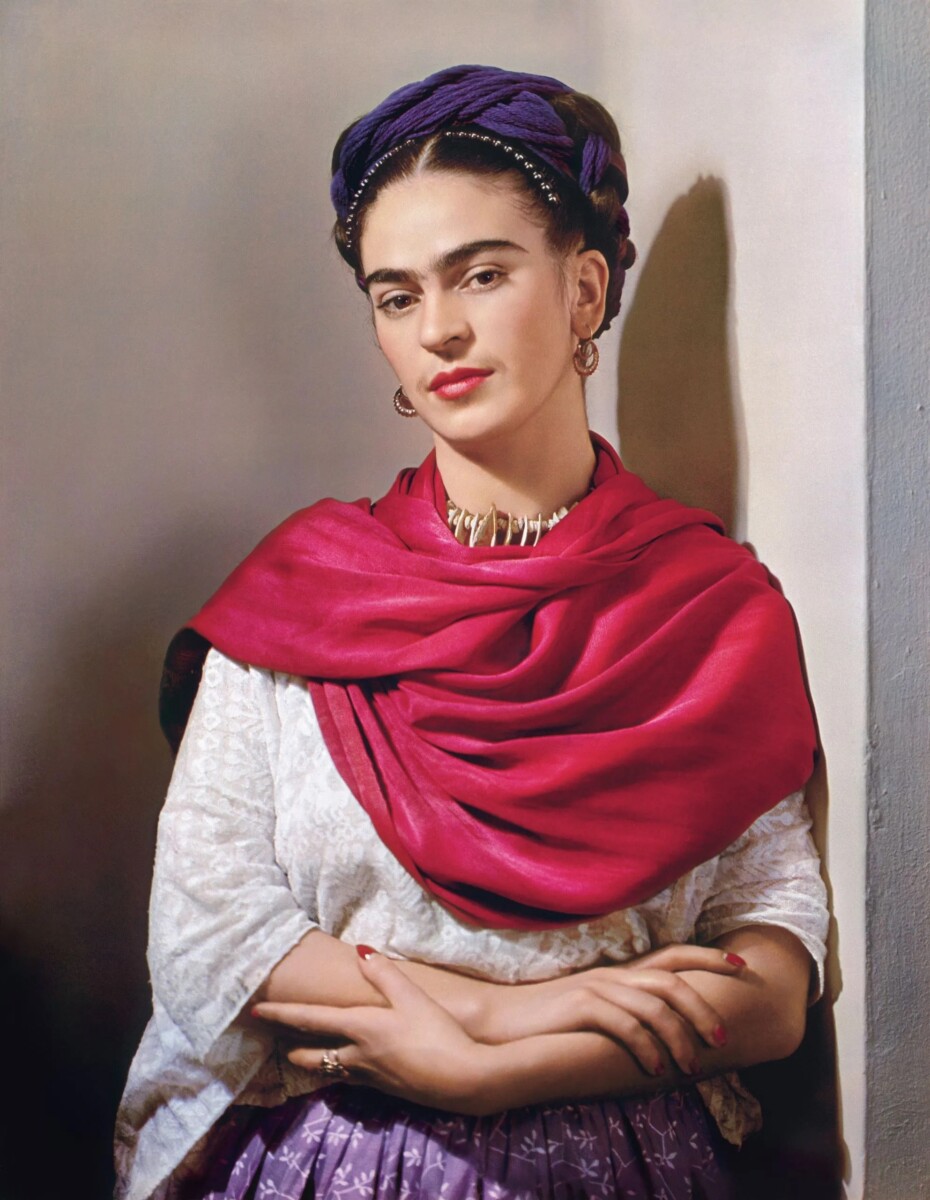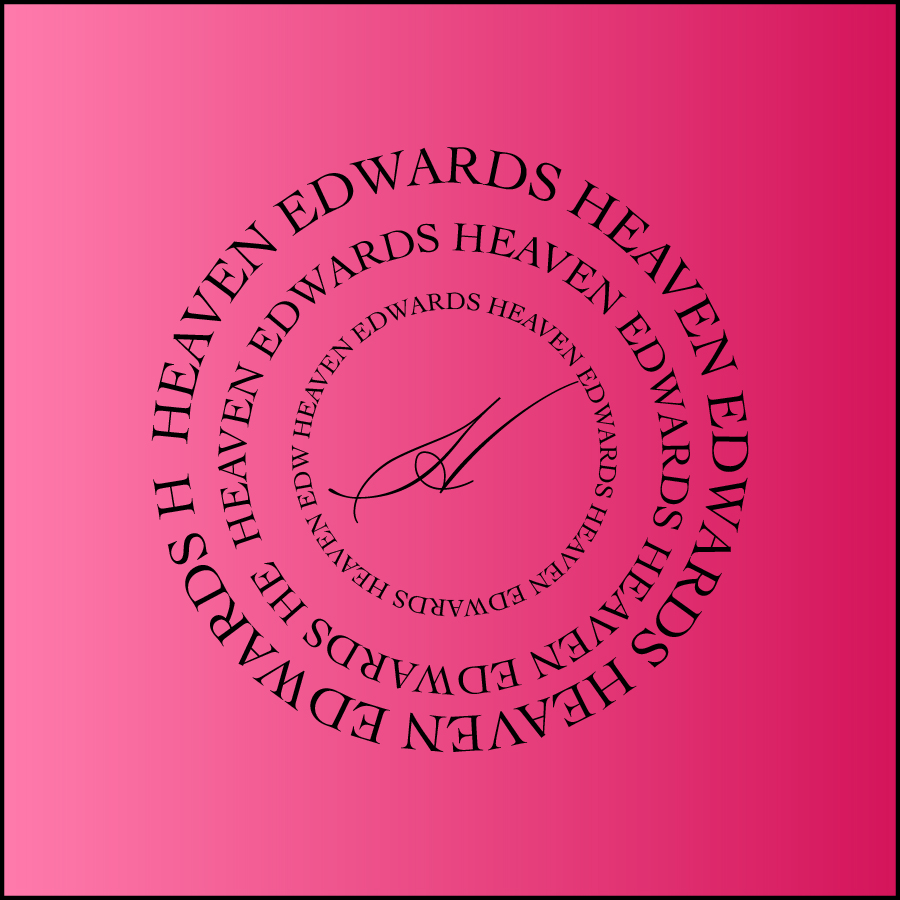Have you ever wondered how your favorite company came to be? Have you ever wondered who was the mastermind behind the whole operation? Well, I am here to tell you about one of my favorites. One of my all-time favorite companies is Netflix. I love watching movies and tv shows and Netflix has the widest variation I have ever seen.
The company was founded by Marc Randolph and Reed Hastings, in 1997. Marc and Reed are two software engineers who previously worked at Full Software and created a company based on two ideas they got from their experiences. Marc Randolph is a graduate of Hamilton College, where he obtained his Degree in Geology. Magazine Macworld was one of his start-ups, and he has mentored many aspiring entrepreneurs. Reed Hastings is a graduate of Bowdoin College, where he obtained his Bachelor of Arts Degree, five years later, he received his master’s degree in Computer Science from Stanford University. Pure Atria was a start-up he founded, a software start-up that produced tools for software developers.
In August 1997 in Scotts Valley, California when they first started Netflix, they decided to create a movie rental service, this led to the birth of Netflix which was originally called kibble. In 1998 Netflix became the first online DVD rental service in the world. Back when they first started, they only had about 900 movie titles and that was the beginning of the business. When Netflix started it started as a website, customers would place orders for movies and after you watched them you will just return it. A single rental film costs $6 with postage charges inclusive. This year the company also introduced a subscription model. With this model, customers are offered unlimited DVD rentals for a low monthly payment. At this time customers could rent up to 4 movies with no deadline for $15.95.
In 2000 Netflix introduced Cine Match. This system uses a five-star rating scale of previously watched movies so customers can find similar tastes and preferences. This same year the company signed a deal with Columbia Tri-Star and Warner Home Video. In 2001 Netflix got extra funding to expand their activities. They got this money from Venture Capitalist. The subscriber-based predicted to reach 500,000, the company started offering a free six-week trial membership through the Internet Movie Database. In 2002 the company had 600,000 subscribers. This year Netflix also filed its Initial Public Offering (IPO). Then the company modified its name to Netflix, Inc. in 2007, Netflix launched its streaming service with 1000 titles. They called it Watch Now. This service offers subscribers the freedom to stream live movies on their computers or any web-enabled device. Not long after independent movie producers started streaming their content on Netflix. The company signed a partnership deal with Microsoft and Sony to have its content streamed on their devices such as Xbox 360, Blu-ray disc player, and PS3.
In 2008 there were just 30 employees and less than a thousand DVDs available. The company was an immediate success and started growing amazingly fast. Starting from 2013, it has also been working in the field of film and television production. Currently it employs over 3,500 people. In 2010 Netflix extended its services to Canada, in the same year, it partnered with Apple to have its streaming content on iPad, iPhone, and the iPod Touch. The company’s subscription increased to 20 million at the end of that year.
From 2011 to 2015, Netflix continued its challenging work by improving and expanding into other countries. The countries included the United Kingdom, Ireland, Austria, Belgium, France, and Germany. The company won seven creative Emmy Awards in 2014 for its meritorious works. In 2016, Netflix introduced a downloadable feature to its services to allow users to download content for offline viewing. Also, the company reached 190 countries with 21 languages in the same year.
Netflix has changed their logo a few times over the years. The evolution of the logo is not hugely different excluding their first and unofficial second logo. Their first logo had its run from 1997-2000. It had a theater look to it, it had a movie reel. The second logo that lived from 2000-2014 had a shadow behind the word NETFLIX. In 2014 it was redesigned with a bolder look and no shadow. This is still the current logo that is often if not always used. The logo is well developed because it is a representation that a viewer getting to the cinema without leaving his house. The logo displays this by using designing features to affect and avoid obvious symbolism at the same time. The type face that is used for the current logo was created based off both Gotham Bold and Gotham Book fonts.
The first logo (1997-2000) was based on the fact that Netflix is one word, net (from the word internet) and flix (from the word flick, a shortened form for movie or film). They also added .com and a film reel to give the exact aesthetic of what they represented. The film reel is in the middle of the two words, separating “net” and “flix” highlighting the word separation. They added “.com” to highlight its use of the internet to serve its subscribers. People describe the logo as of having “lack of assembly.” because the letters “N” and “F” are larger than “E,” “T,” “L,” “I,” and “X,” even though they are all capital, but I believe it is done specifically to distinguish between the Net and Flix parts.

The unofficial second logo (2000) only stayed with the company for a little time. The logo was a solid black oval, stretched horizontally with two rounded yellow brackets around it. The type was lowercase and was written in thin white lines of a modern square sans-serif typeface, with the dot above the letter “I” replaced by a yellow square to resemble a TV-screen. In 2000, Netflix redesigned its logo. It featured a white typeface against a solid red background. It has a convex curve around its base, and from all indications, it has a 3D appearance. This logo design became iconic. The logo looked very shadow like against the red. This logo stuck for the longest time (2000-2014) and is known by many.


To portray a new brand identity in 2014 Netflix changed the logo again. This time they went with a designer, Gretel, a New York-based design firm. Gretel opted to drop the black shadow on the previous logo. They also opted for a transparent background and a red typeface, but they did not want to completely change the company’s identity, so they maintained the convex curved base.

Alongside the third logo, Netflix has gone further to simplify its logo. This time, it allowed the letter ‘N’ to stand alone. With its traditional color of red, the solitary ‘N’ appears like a folded ribbon over itself. This new logo is of class and a bold move by Netflix– same font, color, and curved base. In June 2016, Netflix wanted to simplify the logo. This time, it allowed the letter ‘N’ to stand alone. With its traditional color of red, the solitary ‘N’ appears like a folded ribbon over itself. This new logo is bolder but has the same font, color, and curved base. This was not a replacement for the current logo but rather a small-sized alternative.

People often try to examine the logo by its color, so the breakdown is simple. The first logo there was a purple color that represented creativity and imagination. The second logo, the shape, color, and font choice were also great representations of what the company stood for at the time. The rectangle is viewed as security, stability, and trustworthiness. Allowing the customers to have faith in Netflix and know that they are protected. The Graphiques black and white font aimed to induce a trendy and a theatrical feel. Black is viewed as power, elegance, and formality. While white is viewed as simplicity, cleanliness, and joy. Netflix is in the business of making people happy. Netflix loves red and its dominating element of design. The company used red instead of purple to make its envelopes visible in the mail. The red also projects the company to be seen as representing authority, energy, joy, and love. The third logo simplified “The N-logo” design can easily be associated with Netflix. Like Apple’s iconic logo, this N-logo will soon be on the minds of people when they think about movies. Some people consider that Netflix emblem is a combination of red and white colors, which have their own meaning themselves. Red symbolizes energy, power and passion, white was chosen merely as a background.





